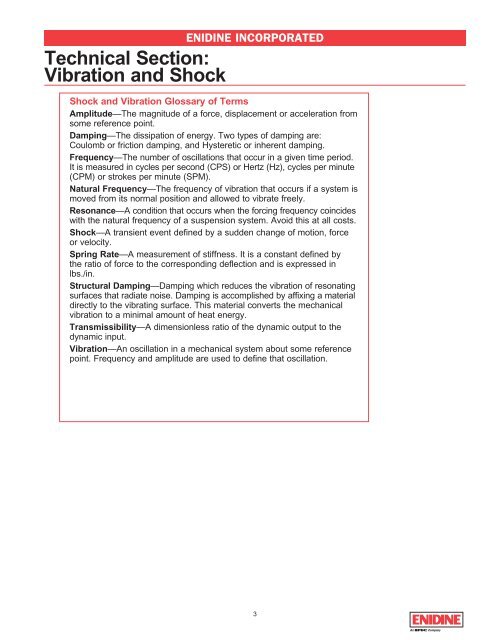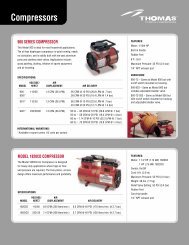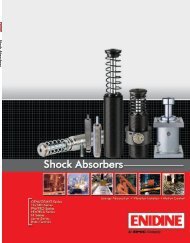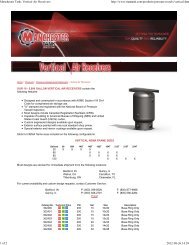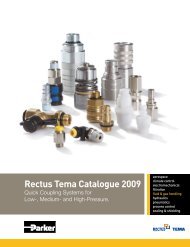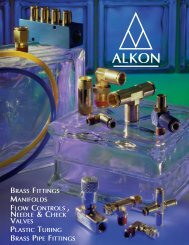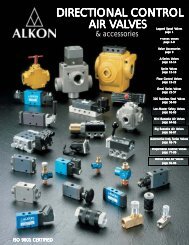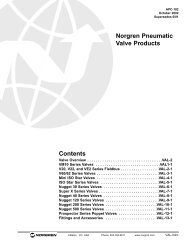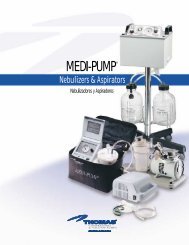enidine
enidine
enidine
- No tags were found...
You also want an ePaper? Increase the reach of your titles
YUMPU automatically turns print PDFs into web optimized ePapers that Google loves.
Technical Section:Vibration and ShockENIDINE INCORPORATEDShock and Vibration Glossary of TermsAmplitude—The magnitude of a force, displacement or acceleration fromsome reference point.Damping—The dissipation of energy. Two types of damping are:Coulomb or friction damping, and Hysteretic or inherent damping.Frequency—The number of oscillations that occur in a given time period.It is measured in cycles per second (CPS) or Hertz (Hz), cycles per minute(CPM) or strokes per minute (SPM).Natural Frequency—The frequency of vibration that occurs if a system ismoved from its normal position and allowed to vibrate freely.Resonance—A condition that occurs when the forcing frequency coincideswith the natural frequency of a suspension system. Avoid this at all costs.Shock—A transient event defined by a sudden change of motion, forceor velocity.Spring Rate—A measurement of stiffness. It is a constant defined bythe ratio of force to the corresponding deflection and is expressed inlbs./in.Structural Damping—Damping which reduces the vibration of resonatingsurfaces that radiate noise. Damping is accomplished by affixing a materialdirectly to the vibrating surface. This material converts the mechanicalvibration to a minimal amount of heat energy.Transmissibility—A dimensionless ratio of the dynamic output to thedynamic input.Vibration—An oscillation in a mechanical system about some referencepoint. Frequency and amplitude are used to define that oscillation.3


